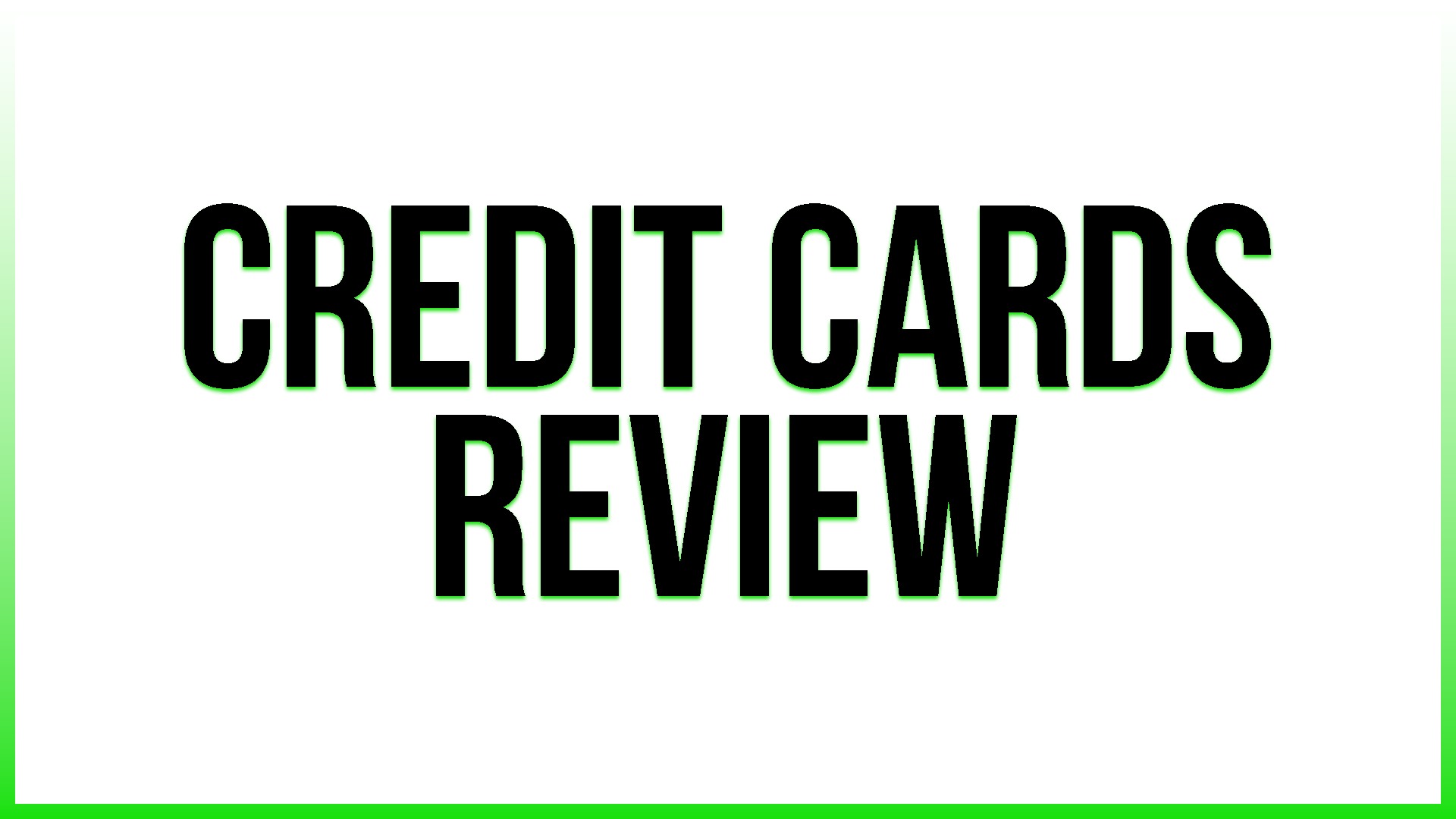Credit Cards: A Flexible Funding Option for Music Professionals
Published on Jan 7, 2025

Credit cards are a common and accessible financial tool that recording artists and music labels can use to manage cash flow, fund smaller projects, or invest in opportunities. However, they come with risks that require careful management. In this post, part of our series on funding for music, we’ll break down how credit cards work, the pros and cons, and strategies to use them wisely.
How You Qualify
Getting approved for a credit card generally requires a credit check, which evaluates several factors, including:
- Payment History: Your track record of paying debts on time.
- Income: Your reported income level helps determine your ability to make payments.
- Expenses and Credit Utilization: Lenders assess how much of your available credit you currently use.
Credit card issuers typically rely on self-reported income and credit reports, without a deep investigation into your financial details. This makes approval for credit cards much easier than securing a business loan, which involves more thorough vetting.
Once approved, your credit limit is determined based on the issuer’s risk assessment. Unlike a business loan where you can request a specific amount, credit cards extend a line of credit that could range from $500 to tens of thousands of dollars.
Understanding Credit Card Interest
Credit cards charge compound interest, which means interest is applied to your outstanding balance, increasing the amount owed. Here's how it works:
Sample Case:
- Credit Limit: $1,000
- Interest Rate (APY): 24%
- Minimum Payment: Typically 1%-3% of the balance.
- Late Fees: Additional charges if payments are missed.
How APY Works:
Interest is calculated monthly by dividing the APY by 12. For a 24% APY on a $1,000 balance:
- Monthly interest = 24% ÷ 12 = 2% of the balance.
- $1,000 × 2% = $20 interest per month.
If you only make minimum payments:
- $1,000 - $30 (payment) = $970 remaining balance.
- $970 + $20 (interest) = $990 balance.
As your balance decreases, so does the interest charged. Paying off larger amounts reduces the total interest paid.
Example Scenarios:
- Pay $83/month: You’ll pay off the $1,000 balance in about 13 months with $153 in interest.
- Pay in 6 months: You’ll pay only $76 in interest.
- Pay in full within 1 month: You’ll avoid interest entirely.
Credit Card Rewards
Many credit cards offer rewards programs to incentivize usage. Rewards can include:
- Cashback: Earn a small percentage (e.g., 1%) on purchases.
- Points or Miles: Redeemable for travel, merchandise, or discounts.
For music professionals, cashback cards can be particularly useful for everyday expenses, while travel cards might be ideal for tours or events.
Are Credit Cards Worth It?
Credit cards can be a valuable tool for music professionals if used strategically. For example:
- Smart Investment: Using a $1,000 credit line to run ads that generate an additional $300/month in revenue results in $3,600 annually. Even after paying $153 in interest, you’d net $3,447 in profit.
The key is to ensure that borrowed funds contribute to income growth, not just short-term convenience.
Avoiding Credit Card Trouble
Mismanagement of credit cards can lead to financial stress. Here’s how to stay on track:
Key Risks:
- Carrying a Balance: If you keep a balance, you pay interest. To avoid interest, pay off your balance in full each month.
- Overuse: Spending beyond your ability to repay can lead to spiraling debt.
Tips to Avoid Trouble:
- Plan Purchases: Only charge what you can afford to pay off within the month.
- Emergency Use: Reserve credit cards for critical or high-return expenses.
- Track Payments: Set up autopay to avoid missed payments and late fees.
Smart Credit Card Usage for Music Professionals
Credit cards work best when they are used for investments that grow your business. Examples include:
- Advertising: Promote your music or label to expand your audience.
- Equipment: Upgrade gear to improve production quality.
- Tour Expenses: Bridge cash flow gaps while waiting for ticket revenue.
Example:
- You charge $1,000 for a marketing campaign.
- This generates an additional $300/month in revenue.
- Over 12 months, you’ve earned $3,600 at a cost of $1,153 (including interest), resulting in $2,447 in profit.
Conclusion
Credit cards are a flexible and accessible funding option for music professionals, but they require disciplined use. By focusing on investments that increase revenue, managing balances wisely, and avoiding unnecessary interest, you can make credit cards work to your advantage. Whether you’re funding a project or managing day-to-day expenses, credit cards can provide short-term support as part of a larger financial strategy.
Stay tuned for the next post in our funding series, where we’ll explore alternative funding options like grants and sponsorships tailored to the music industry.